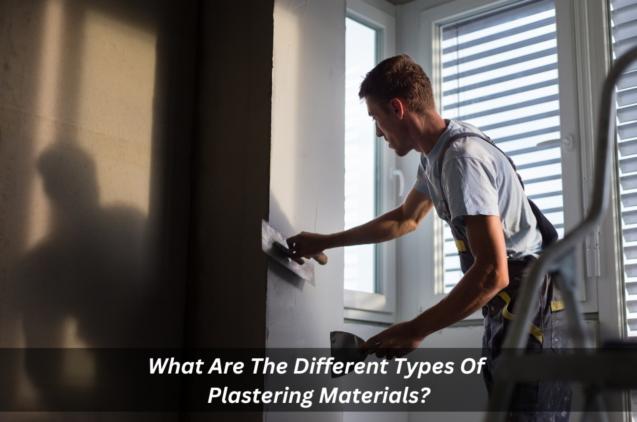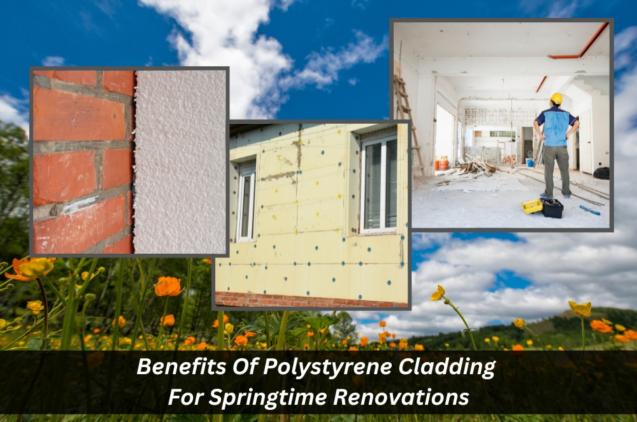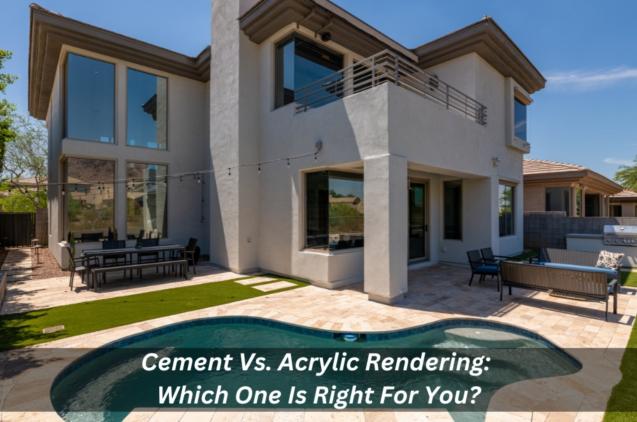
Future-Proof Your Home: Sustainable Rendering Options
Why choose sustainable rendering?
Below, there are several reasons why sustainable rendering is something you should consider for your Australian home. First and foremost, it is a triumph for the natural environment. Sustainable solutions can re-utilise materials to decrease the consumption of virgin resources and lessen the effects on the environment. Here in New South Wales where we experience very hot summers, sustainable renders can help save on energy costs. Some options offer even better insulation, which means you will need a heater during the cold season and an air conditioner during the warm season. Sustainable rendering materials include many colours and textures that can be installed to provide a modern, natural, or classic look that will blend with the rest of your home’s decor.
Top sustainable rendering options
Now, let's delve into some of the top contenders in the sustainable rendering game:
- Acrylic renders with recycled content: It was quite the cult favourite and a great low-cost option that also pays respect to the environment. A large number of these manufacturers are using post-industrial materials, including crushed glass or post-industrial plastics, in their acrylic renders in the range of around 30%. Altogether it eliminated landfill waste disposal and in the long run, it would have reduced the costs for you.
- Photocatalytic renders: It is an amazing kind of render that has the potential to clean up the air. Indeed, while thinking about novel surface treatments that can bring substantial changes to buildings’ overall appearance, it is hard to overlook photocatalytic renders. This innovative material includes titanium dioxide the special ingredient that uses the power of the sun to filter polluting gases such the nitrogen oxide. This leads to improved air quality in the surrounding space of your home, regarded as important in areas for example cities where pollution levels tend to be a bit elevated.
- Mineral renders (lime or cement): Lime render or cement render are very popular and well-known mineral renders distinguished by their ability to allow moisture vapour to escape out of the walls. To be able to successfully reduce condensation and in this process defeat mould formation, it is necessary to insulate properly, especially if one lives in an old house. Also, mineral renders are preferred for their durability and some of them effectively promote endurance therefore suitable for heritage homes or homes with owners who want timeless designs.
While all the options above are fantastic choices from a sustainability standpoint, the ideal render for your home will depend on a few key factors:
- Climate: In NSW we endured a hot summer and cooler winter climate more than a decade ago the climate is in a cheap and environmentally conscious manner. When selecting renders, clients should look at those that provide optimal insulating properties to moderate temperatures.
- Existing brickwork compatibility: Check that the chosen render is suitable for your current brickwork and will not pose any risk of failure in future like cracking. It is important to consult with a professional in NSW who renders ethnic carnivals.
- Desired aesthetics: Which one do you like – a big number of stylish high-tech with a metallic sheen, a fusion of warm natural elements of stone and a classic look? The available colours and textures for the same furniture will expand according to the render type.
- Maintenance preferences: This will be true for some renders that are easy to maintain and you will only need to make them over after some time in a year while there will be others that may need to be cleaned or re-sealed at some point of the year. You need to select an option that applies to your lifestyle and pocket.
I would like to remind you that it is just one factor of the whole rendering solution that has to be made sustainable. Here are a couple of additional considerations for a truly eco-friendly approach:
- Proper installation: It is, therefore, wise to consult the right renderer to help in choosing a render that performs its function in the right way and to the right standard and also lasts for a long time.
- Complementary sustainable practices: Consider other ways in which you can improve sustainability around your home by considering the following. Rainwater management is an effective method of using water from the roof and eliminating the need to use mains water to irrigate your plants while using native trees and shrubs for shading can cut down on energy by at least 30%.
The use of sustainable rendering options is a wise decision that has a double advantage: it contributes to the preservation of the environment and thus, to the well-being of everyone, and it is a long-term investment in your home. Sustainable renders create a perfect blend of green elements, efficiency and cost savings, as well as aesthetic appeals. So, the next time you are planning to overhaul your Australian abode, don’t think twice, check out the sustainable rendering options.



